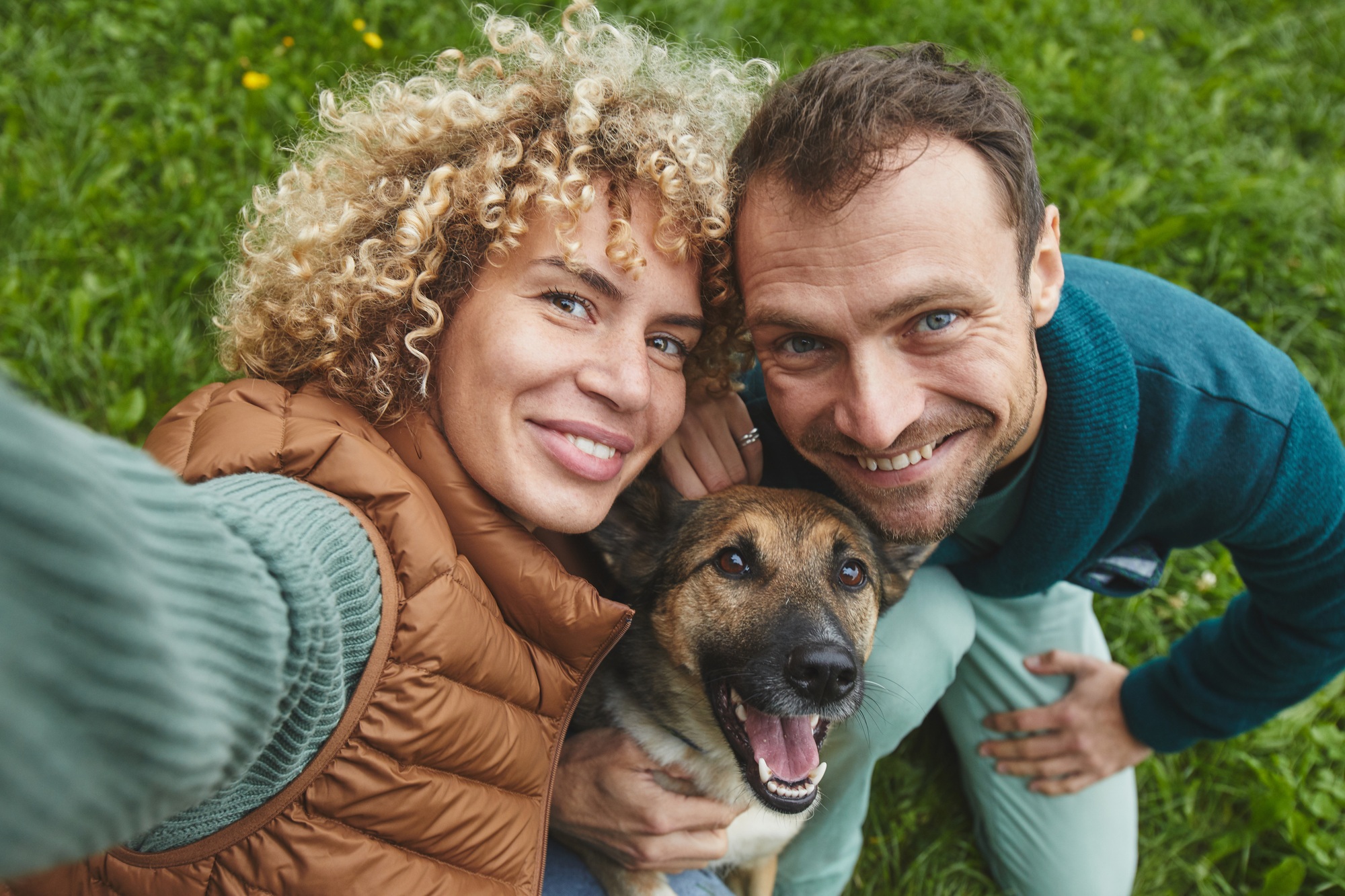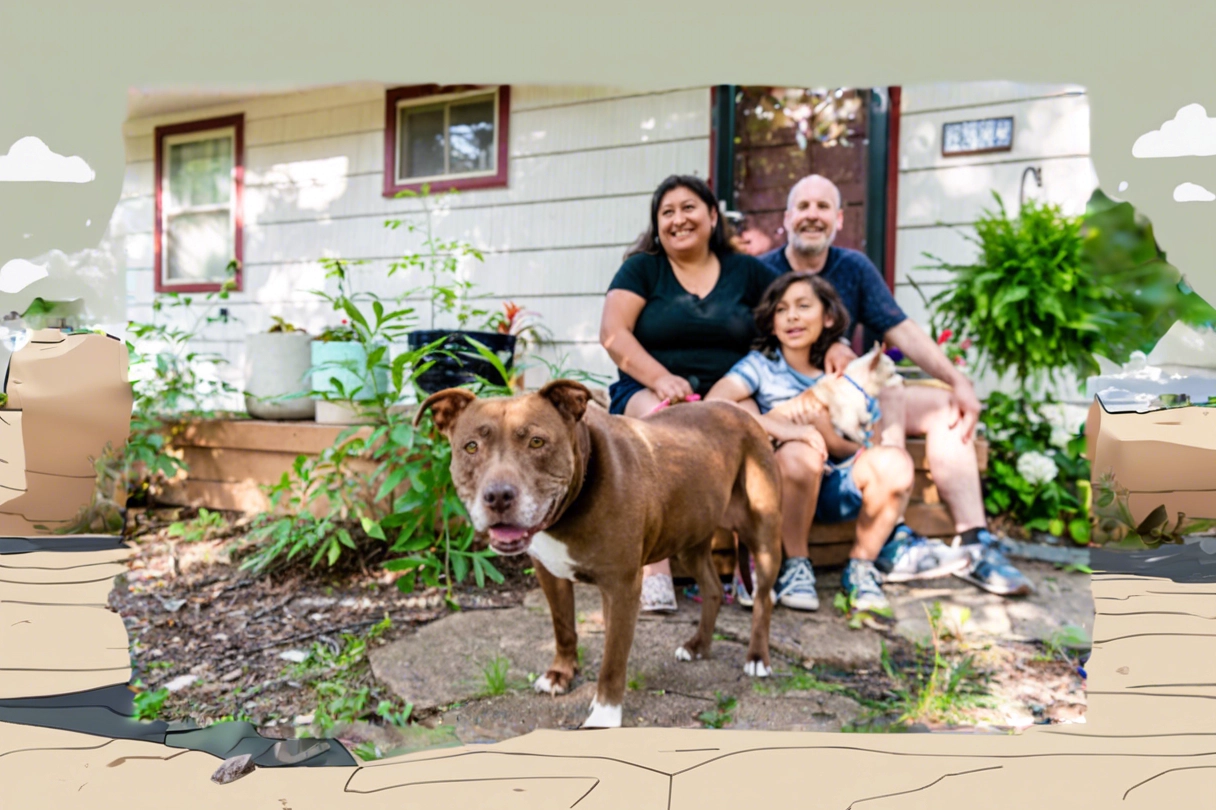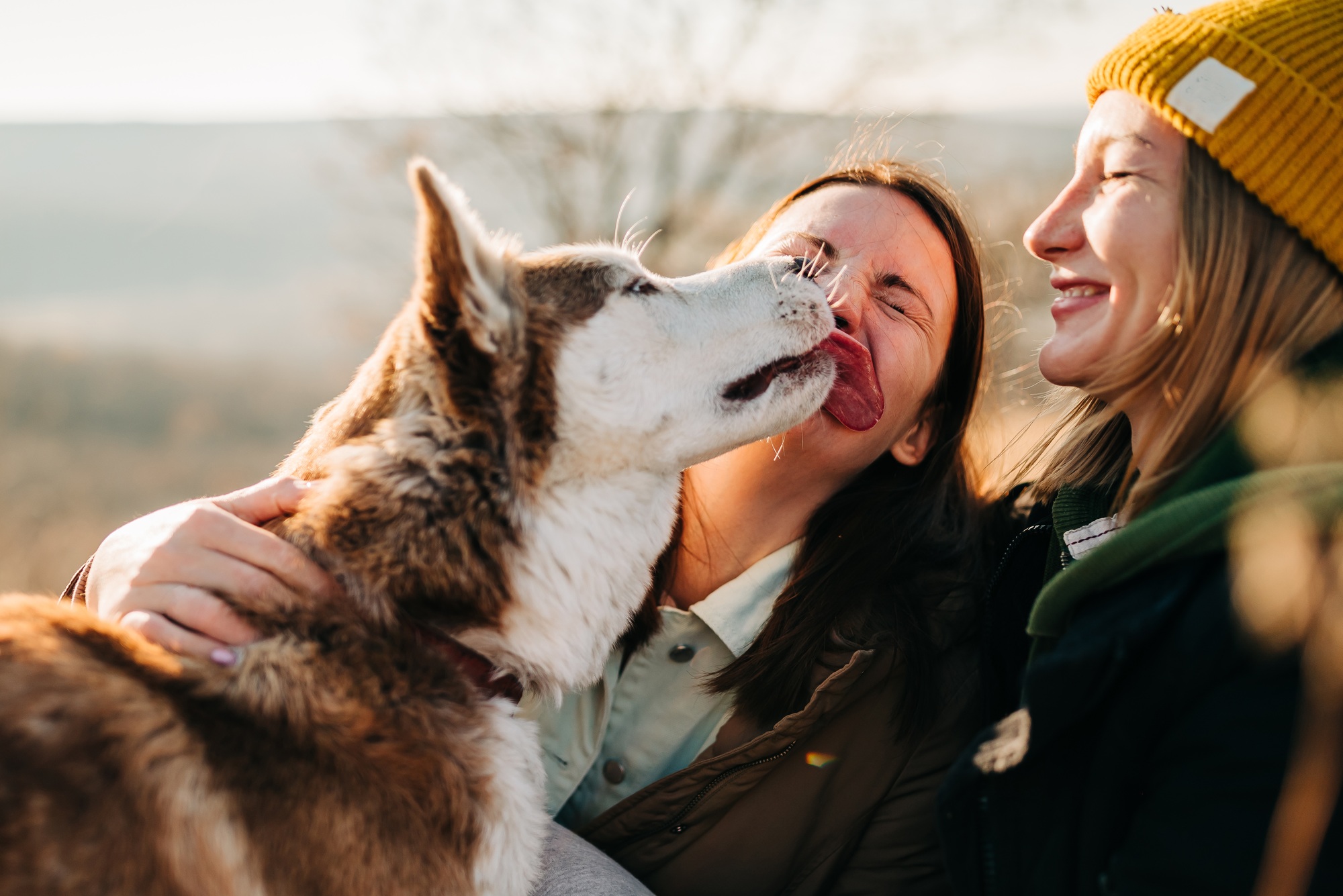This week is Dog Bite Prevention Week, and here’s something that most press releases, websites, and lists of do’s and don’ts may not mention: Dogs will do their part to prevent dog bites. All they need is a little help from us.
That dog in front of you doesn’t want to bite you. Even if the situation pushes him beyond the remarkable scope of his species’ tolerance for human behavior and makes him feel he needs to defend himself, he almost certainly doesn’t want to hurt you and probably won’t. This is partly because it’s often obvious, even to humans, when a dog is saying, “I need you to stop that!” or “You’re freaking me out. Please go away.” It’s also because dogs have evolved better abilities to read human body language than any other non-human animal and are emotionally inclined to form attachments with us.
In the billions of interactions people in this country have every day with the more than 73 million dogs living among us, very few result in significant injuries to either of us, [1] vanishingly fewer than those resulting from our dealings with our own species. Remarkable when you think that we’ve chosen to share our lives and homes with predators—sometimes pretty large ones—with sharp teeth.
Just a little instruction can help us learn to recognize dogs’ “please don’t make me bite you” [*] messages when they are uneasy with us and to defuse those emotions even in situations that dogs commonly find threatening.
This year, National Canine Research Council, together with the Department of Justice Office of Community Oriented Policing Services and Safe Humane Chicago, have produced a series of videos to help police stay safe in their encounters with dogs. [2] Brian Kilcommons, the trainer who works with police officers on the videos explains that “what [dogs] are telling you is true. . . They’re telling you ‘I’m uncomfortable.’ That’s what this video is about . . . how to communicate to a dog, reading what the dog is telling them, and then being able to communicate back to neutralize the situation.” [3]
In a few minutes of simple instruction, Kilcommons helps four officers learn to recognize the discomfort of the dog on the left below, and to adjust their own body language to change the dog’s response to the relaxed expression on the right, and, of course, to recognize the comfortable expression when it occurs.


Police officers obviously must often encounter dogs they don’t know and who don’t know them in potentially volatile situations, where a daunting looking person (a uniformed officer) is coming into the dog’s space. And yet a few simply taught techniques can diffuse most of these situations.
It is much less complicated to teach pet owners to recognize signs of comfort and discomfort in their own family pets and to respond appropriately, thereby avoiding confrontations. In addition, basic responsible pet ownership practices can do much to mitigate any risks to public safety. These include humane care (providing proper diet, veterinary care, socialization and training), humane custody (licensing and permanent ID) and humane control (following leash laws and not allowing dogs to become threats or nuisances to the community).
Sometimes people are bitten and even injured by dogs, of course, and the more aware we are of how dogs communicate, the better we can minimize how often this happens.
The 2nd edition of the Animals and Society policy paper, Dog Bites: Problems and Solutions is scheduled for release in June 2014. A comprehensive overview of dog bites, the paper finds that dog bite injuries remain relatively uncommon and have even decreased since the 1st edition in 2006. They account for only 1/10 of 1% of emergency room visits [4] and are comparable in incidence but less severe than accidents involving many common household objects.
The blossoming field of canine behavioral research is uncovering husbandry issues with strong implications for minimizing canine threat and bite behavior toward humans. This 2nd edition includes these findings in the discussion of dog bites and society.
Scientists are finding that the dog who is integrated into the family, whose daily life includes opportunities for positive interactions with people, is simply safer than one who is kept as merely a resident but largely isolated on the property. [5]
Responsible human behavior can make positive changes in the relationship between the dog and the owner, and/or the relationship between the owner and the rest of the community.
Sources and Notes:
[*] We are indebted to a great trainer, Denise Herman of Empire of the Dog for this memorable phrase.
[1] National Canine Research Council. (2013). Reported bites decreasing.
[2] Police & Dog Encounters: Tactical Strategies and Effective Tools to Keep Our Communities Safe and Humane. Video series retrieved from: http://cops.igpa.uillinois.edu/resources/police-dog-encounters
[3] Police and Dog Encounters: Communicating with Dogs: Police & Dog Body Language. Video retrieved from: http://cops.igpa.uillinois.edu/resources/police-dog-encounters
[4] Centers for Disease Control and Prevention. Web-based Injury Statistics Query and Reporting System (WISQARS) [Online]. Non-fatal injury reports, 2001-2012. http://webappa.cdc.gov/sasweb/ncipc/nfirates2001.html Query: Bite: Dog. Disposition: All Cases. Year: 2012. All Ages. All Causes. Disposition: All Cases. Year 2012. All Ages.
[5] National Canine Research Council. (2013). Potentially Preventable Husbandry Factors Co-Occur in Most Dog Bite-Related Fatalities.







